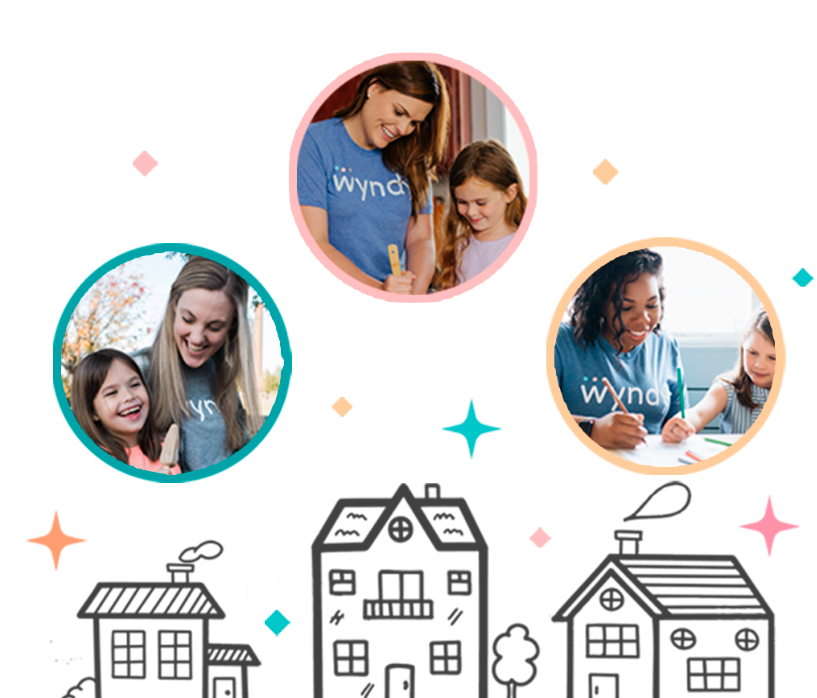The wellbeing and safety of infants and young children are of utmost importance to parents and caregivers. As a responsible parent, leaving your child in the care of a babysitter can be a daunting experience. However, by ensuring that babysitters are well-informed about safe sleep practices, parents can have peace of mind knowing that their child is in good hands even when they are away. In this article, we will discuss the importance of safe sleep practices, the risks associated with improper sleep practices, and the ways in which parents can educate and inform their babysitters about best sleep practices.
Table of Contents
Safe Sleep Practices: An Introduction
When it comes to the health and safety of infants, safe sleep practices are paramount. Sleep-related accidents and disorders have unfortunately been one of the leading causes of infant mortality in many countries. Understanding the importance of safe sleep practices is crucial for both parents and babysitters to ensure the wellbeing and safety of the child.
Safe sleep practices focus on creating a secure sleep environment for infants by eliminating potential hazards. This includes avoiding practices such as bed-sharing, using soft bedding, or placing the infant in unsafe sleep positions. By following these guidelines, parents and babysitters can significantly reduce the risk of accidents and sudden infant death syndrome (SIDS).
On-Demand Childcare in Your Neighborhood
Book a Sitter
Understanding the Risks of Unsafe Sleep Practices
Before educating babysitters on safe sleep practices, it is important to familiarize ourselves with the risks associated with unsafe sleep practices. Awareness of these risks will emphasize the urgency and importance of adhering to safe sleep guidelines.
1. Sudden Infant Death Syndrome (SIDS): SIDS is the unexplained death of an infant under one year of age, usually during sleep. Several factors contribute to SIDS, including soft bedding, obstructed airways, unsafe sleep positions, and bed-sharing.
2. Suffocation and Strangulation: Soft bedding, loose crib items, or placing an infant on an adult bed increases the risk of suffocation or strangulation. Infants do not have enough strength or motor control to move if their airways are blocked.
3. Accidental Overheating: Overheating can lead to discomfort, difficulty breathing, and even heatstroke. It is important to ensure that infants are dressed appropriately for sleep and that the sleep environment is at a safe temperature.
Educating Babysitters on Safe Sleep Practices
As parents, it is our responsibility to ensure that babysitters are knowledgeable about safe sleep practices. By educating babysitters, we empower them to provide a safe and secure sleep environment for our children. The following suggestions will assist parents in effectively conveying this information to babysitters
1. Provide Written Instructions: Prepare a document that outlines the safe sleep practices you follow at home and hand it to the babysitter. Include information on the importance of placing the baby on their back to sleep, avoiding soft bedding, not smoking around the baby, and maintaining a consistent sleep routine.
2. Demonstrate Correct Sleeping Positions: Show the babysitter how to properly position the infant for sleep. Explain that infants should always sleep on their back, whether it is in a crib, a bassinet, or any other safe sleep surface. Ensure that the babysitter understands that side and stomach sleeping are considered unsafe and increase the risk of SIDS.

3. Encourage Open Communication: Foster an environment where the babysitter feels comfortable asking questions or seeking clarification on safe sleep practices. Encourage an open dialogue so that the babysitter feels confident and empowered to provide optimal care during sleep time.
4. Provide Resources for Further Information: Share reputable sources such as American Academy of Pediatrics (AAP) publications or other credible websites. These resources provide evidence-based information on safe sleep practices and can serve as additional references for the babysitter.
Creating a Safe Sleep Environment
In addition to educating babysitters, creating a safe sleep environment is essential to promote healthy sleep practices. By taking proactive steps to ensure the sleep environment is free from hazards, parents can further protect their child while under the care of a babysitter. Here are some key factors to consider when creating a safe sleep environment
1. Use a Safe Sleep Surface: When placing your child down to sleep, always use a firm and flat surface, such as a crib or bassinet, equipped with a tightly fitted sheet. Avoid sleep surfaces that may be unsafe, such as adult beds, couches, or other soft surfaces.
2. Eliminate Soft Bedding and Objects: Remove any pillows, blankets, stuffed animals, or bumper pads from the sleep area. These items can pose a suffocation or strangulation risk to infants.
3. Maintain a Comfortable Temperature: Infants are sensitive to temperature, and overheating can increase the risk of sudden infant death syndrome. Ensure that the sleep environment remains at a comfortable temperature, between 68°F and 72°F (20°C and 22°C). Dress your child in appropriate sleepwear suitable for the ambient temperature.
4. Create a Dark and Quiet Environment: Darkness and tranquility aid in a restful sleep for infants. Ensure that the sleep area is free from excessive noise and bright lights.
Using blackout curtains or a dim nightlight can help create a suitable sleep environment.
Additional Tips for Babysitters
Being a babysitter entails a great deal of responsibility, especially when it comes to sleep time. The following tips will help babysitters provide the best care in terms of safe sleep practices
1. Communicate with Parents: Always ask parents about the specific safe sleep practices they follow and inquire if the child has any special needs or sleep preferences. Consistency is key in ensuring a seamless sleep experience for the child.
2. Focus on Safe Sleep Positioning: Always place the infant on their back to sleep. Avoid side or stomach sleeping positions as they pose significant risks. Always remember that the safest position for infants to sleep is on their back.
3. Keep the Sleep Area Distraction-Free: Remove any potential distractions from the sleep area, such as mobiles or noise-making toys. Minimizing distractions promotes better sleep quality for the child.
4. Monitor the Infant Regularly: Stay vigilant and monitor the child during sleep, ensuring that they are comfortable, not tangled in bedding, and not displaying any signs of distress or overheating.
Conclusion
Educating babysitters on safe sleep practices is an essential aspect of responsible parenting. By providing babysitters with the necessary knowledge and resources, parents can promote the health, safety, and wellbeing of their infant while they are away. Creating a safe sleep environment and adhering to safe sleep guidelines significantly reduces the risks associated with improper sleep practices. Remember, effective communication, open dialogues, and awareness of the best sleep practices are key to ensuring a safe and sound sleep experience for infants under the care of babysitters.










